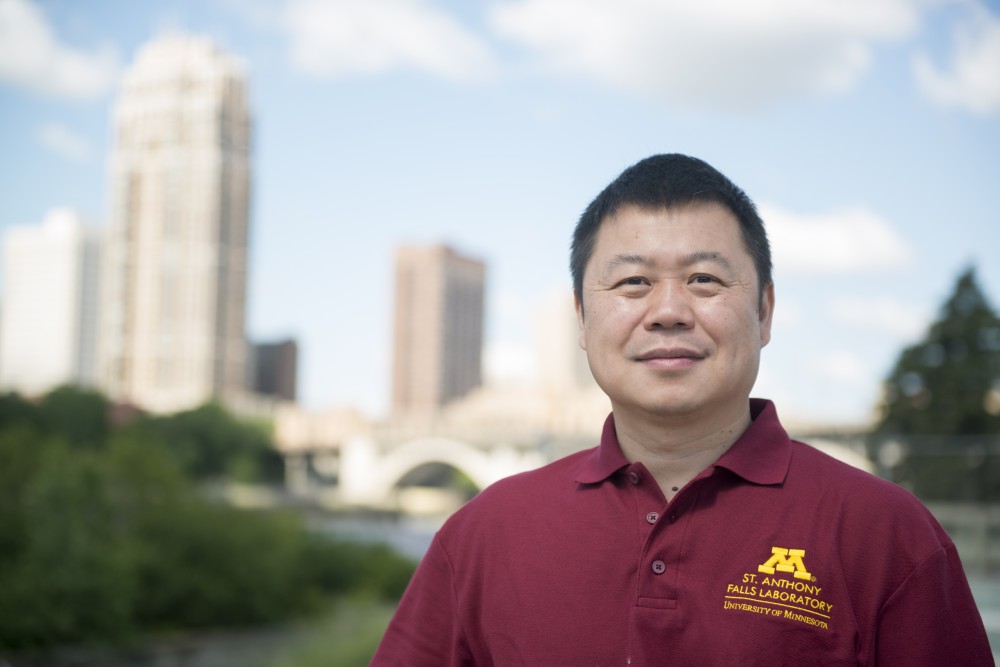The University of Minnesota’s St. Anthony Falls Lab near the Stone Arch Bridge recently appointed its new director.
Earlier this month, Lian Shen was named the new director of the SAFL after a two-year, five candidate search. Shen previously worked in the lab as the associate director of research since 2012.
“He appealed to the full diverse spectrum of people that work here,” said Chris Paola, interim director of the lab since 2015 and chair of the director search committee. “He was interested in what people had to say and was interested in moving the lab forward.”
Samuel Mukasa, dean of the University’s College of Science and Engineering, made the final decision to hire Shen, Paola said.
Shen will officially take the five-year appointment in September. Once in charge, he hopes to start work on getting more funding through grants and to establish the center as a national leader in research.
“What I really want … is to do things that is otherwise unfeasible for individual researchers,” he said.
During his time at the lab, Shen worked on about 18 different projects, including studying oil spill clean-up in the Gulf of Mexico.
SAFL was founded in 1938 and originally focused its work on hydrokinetic energy, Shen said, but in the decades since has evolved to cover more.
It now has workers from various departments like aerospace engineering, earth sciences and civil engineering, and has expanded into researching wind patterns and water flow, Shen said.
While the lab still researches sustainable energy, the broadened work has become one of the center’s strengths, he said.
One of the lab’s largest projects is headed by Paola and involves the study of river deltas and how they respond to rising sea levels.
The lab also specializes in fluid studies, said Mos Kaveh, associate dean of research and planning for CSE.
They’ve researched how water flows in streams, and modeled the way fluids move in the human body, he said. The lab also oversees an experimental wind turbine in Rosemount, Minnesota.
Kaveh said SAFL is the only lab he knew of located right on the river.
Its location on the Mississippi gives it a unique advantage for its research, particularly in
hydrokinetics, Shen said.
“The lab has history and a lot of [legacy]. We need to continue to make the lab more visible in the community and nationally,” he said.
Shen worked as an associate professor in mechanical engineering before becoming associate director of research for the lab in 2014.
He previously was a faculty member at John Hopkins University and received his doctorate in fluid mechanics from the Massachusetts Institute of Technology.








